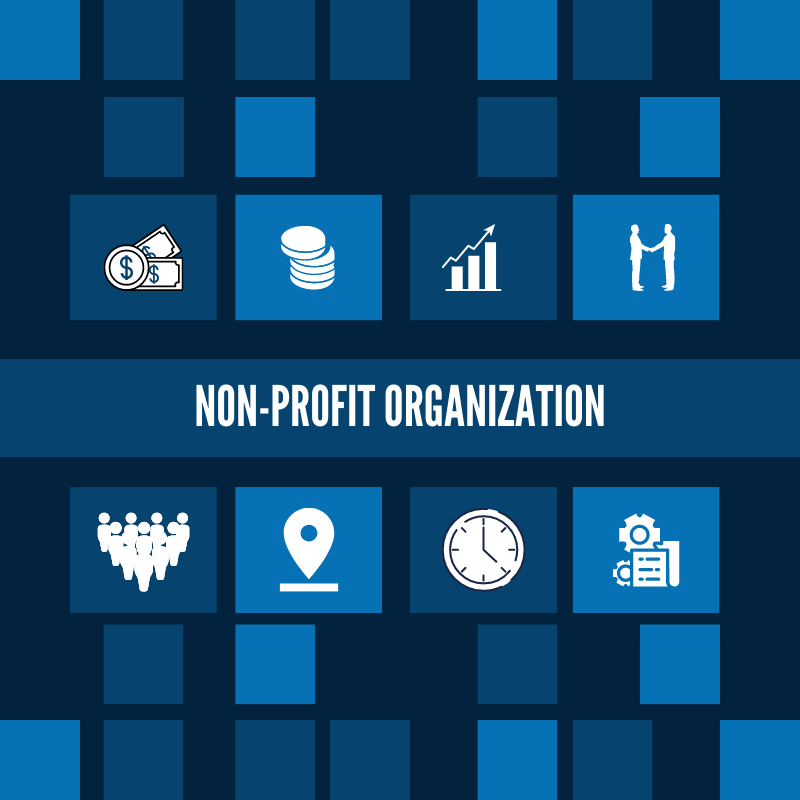
How much do you know about nonprofits? Could it be that the supposed facts you know could actually be glaring untruths passed down through the years?
Check out this list of myths and see how they compare to your understanding of how these associations work… Some truths may even surprise you!
Myth #1 Nonprofits can’t make a profit – Just because nonprofit is in the name doesn’t mean there’s no profit at all. In fact, nonprofits can be quite profitable, however there are strict guidelines organizations must follow depending on the country, state, or province they operate in.
Myth #2 Nonprofits can’t charge for their services – The truth is that many nonprofits charge for their services. In fact, some of these organizations exist solely because of the fees that they charge. Community choirs or charity ticket events are all examples of nonprofits that charge for their services and which need to in order to exist.
Myth #3 Budgets for nonprofits need to be balanced – Budgets can be a tricky financial guideline for any organization. Some years an organization may plan for a surplus in order to ensure they have the resources for upcoming larger purchases, while other years they may plan for a deficit. Nonprofits, like any organization utilizing a budget, will not have a perfect balance year after year. Rather, the financial goal for nonprofits is to make strategic choices that help the organization and program advancement.
Myth #4 Nonprofits aren’t able to lobby – Although some countries don’t allow their nonprofits to lobby, Canada allows it with restrictions and registration requirements. Be sure to check your country’s restrictions before engaging in any lobbying activities.
Myth #5 Nonprofits don’t contribute to the economy – In actuality, nonprofits generate about eight percent of the gross domestic product in Canada and the U.S. That’s a pretty big number when the belief is that nonprofits don’t contribute at all!
Myth #6 Nonprofit aren’t managed as well as companies – This myth is unreasonable because it never specifies what companies are better managed. With so many different types of companies and management, it’s unfair to say that a for-profit business is somehow better than a nonprofit just on the basis of one thing: profit. This leads to a second discrepancy: the comparison between for-profit companies and nonprofits is ill-fitted, as both have different bottom lines and measures they lead by. However, if there were one detail that is up for any sort of comparison, nonprofits often achieve excellent growth rates.
Myth # 7 Only other people benefit from nonprofits – By far the worst myth of all, and one that’s based on a lack of understanding of how exactly nonprofit organizations benefit their communities. Many people benefit from the help of nonprofits, and they may not even realize it! Certain products, medical research, entertainment, and countless other areas of everyday life are made possible because of the help and advocacy of nonprofits. The myth stems from the assumption that because nonprofits are, well, nonprofits, that they need the help of their communities in order to reach their objectives, or that the help that they do provide is very niche and not widespread. In reality, nonprofits push for change so that their communities can continue to grow and change for themselves.
Do you have a concern or would like to have a confidential conversation about your organization or Board relationship? Perhaps you would like to discuss what your role will look like after this pandemic is over.
If that’s the case please email terry@realboardsolutions.com to arrange a time for a complimentary telephone conversation.



